In British Columbia, use of Crown range is regulated by the Range Act and the Forest and Range Practices Act (FRPA). The Range Act provides the authority to grant range agreements, including permits and licences. These agreements include things like the tenure area and the amount of forage that can be consumed by livestock on Crown land. Similar to the former Forest Practices Code, FRPA provides the necessary authority for government to manage the Crown land resource. This includes authority to require the agreement holder to prepare a range plan and follow practice requirements.
The investigation found that the current framework for range planning under FRPA is not working well for agreement holders, MFR range staff or for management of the range resource. First, there is widespread uncertainty about what the objectives for range mean and what is required to achieve them. Second, agreement holders are expected to write measurable and enforceable plans, yet may not have the necessary qualifications and experience to do so. Finally, the preparation and approval of RUPs is a time consuming and challenging task for agreement holders and the MFR, and it is not clear if range planning is achieving any measurable benefit in managing the range resource.
In June 2009, the Board conducted a full-scope compliance audit of forest planning and practices on woodlot licences W0512 and W1516 in the Quesnel Forest District. Both of these woodlots are located within two hours’ driving distance of Quesnel.
The audit examined each woodlot licensee’s planning, field activities and obligations in the areas of:
All activities, planning and obligations for the period January 1, 2007, to the day of the field audit in June 2009, were included in the scope of the audit.
British Columbia is engulfed in a province-wide mountain pine beetle outbreak. Salvaging value from the dead pine trees is a government priority. To facilitate the salvage effort, government increased the allowable annual cut (AAC) by 80 percent in the three most severely affected timber supply areas; the Lakes, Prince George and Quesnel TSAs, which are also the study areas for this project.
The increased AAC led to concerns about the stewardship of non-timber values such as wildlife and biodiversity. To accommodate these concerns, the “timber uplift” (AAC increase) was to be accompanied by a “conservation uplift” (an increase in retention of mature forest structure in harvested areas).
As part of the Forest Practices Board's 2009 compliance audit program, the Board selected five woodlot licences in the Quesnel Forest District (the licences) for audit. This is the audit report for Woodlot Licences W1412 and W1592.
The audit examined each woodlot licensee’s planning, field activities and obligations in the areas of:
All activities, planning and obligations for the period January 1, 2007, to the day of the field audit in June 2009, were included in the scope of the audit.
The audit examined both BCTS’ and TSL holders’ obligations and activities. BCTS is responsible for operational planning, including preparing forest stewardship plans (FSP) and site plans, silviculture, and most road construction, maintenance and deactivation outside of cutblocks. Timber sale licensees are responsible for timber harvesting, fire protection, and most road construction, maintenance and deactivation within cutblocks.
These activities were assessed for compliance with the Forest and Range Practices Act, the Wildfire Act and related regulations, as well as certain transitional elements of the Forest Practices Code of British Columbia Act. All activities, planning and obligations for the period July 1, 2007, to July 31, 2008, were included in the scope of the audit.
